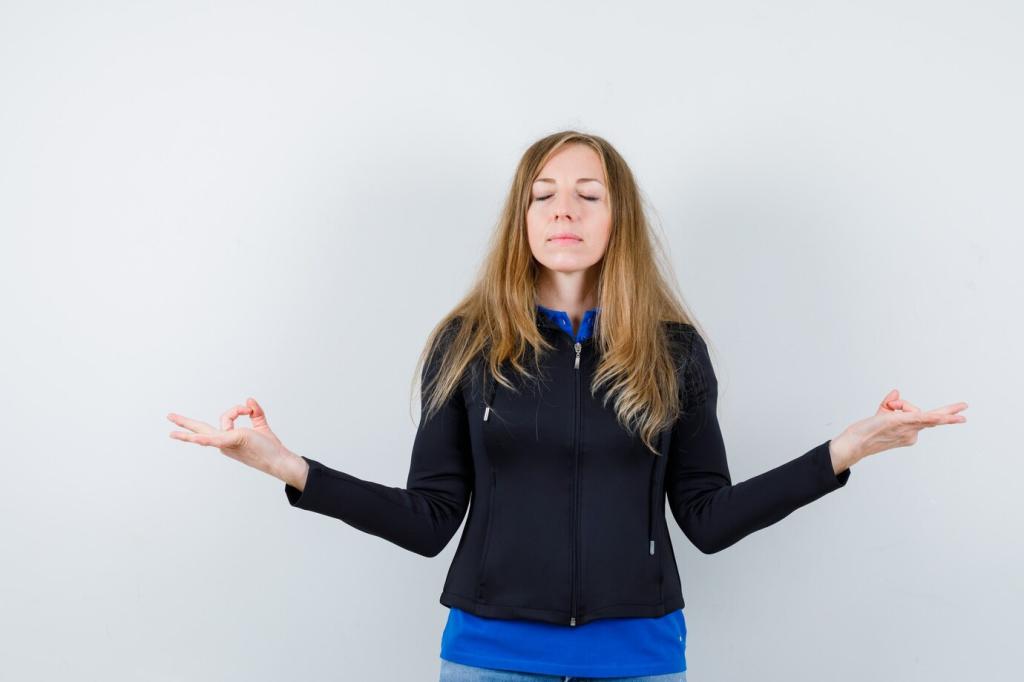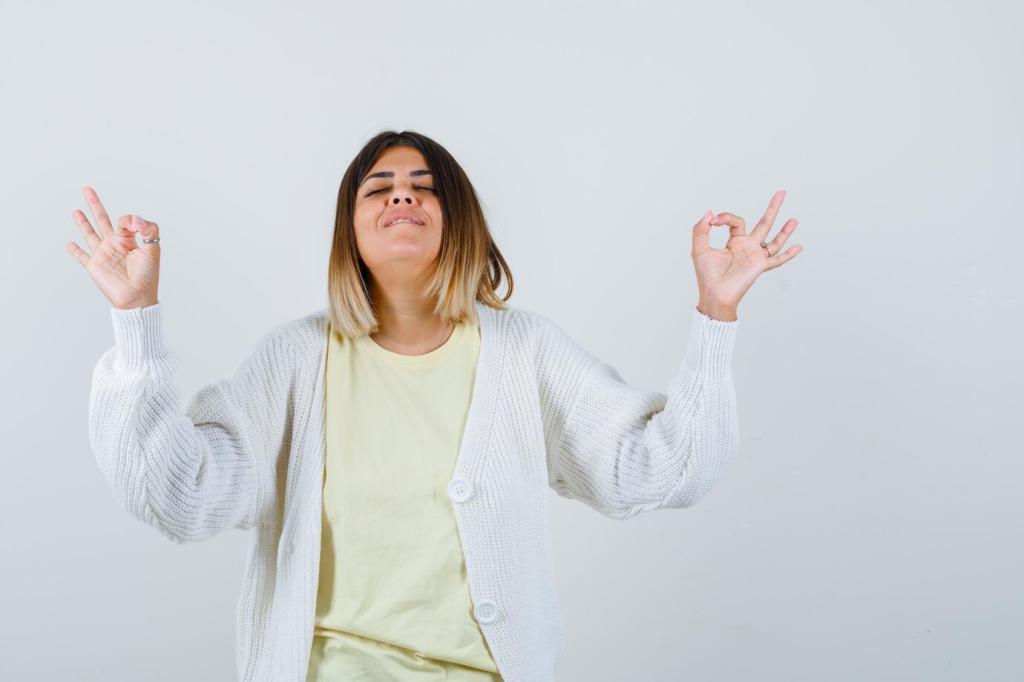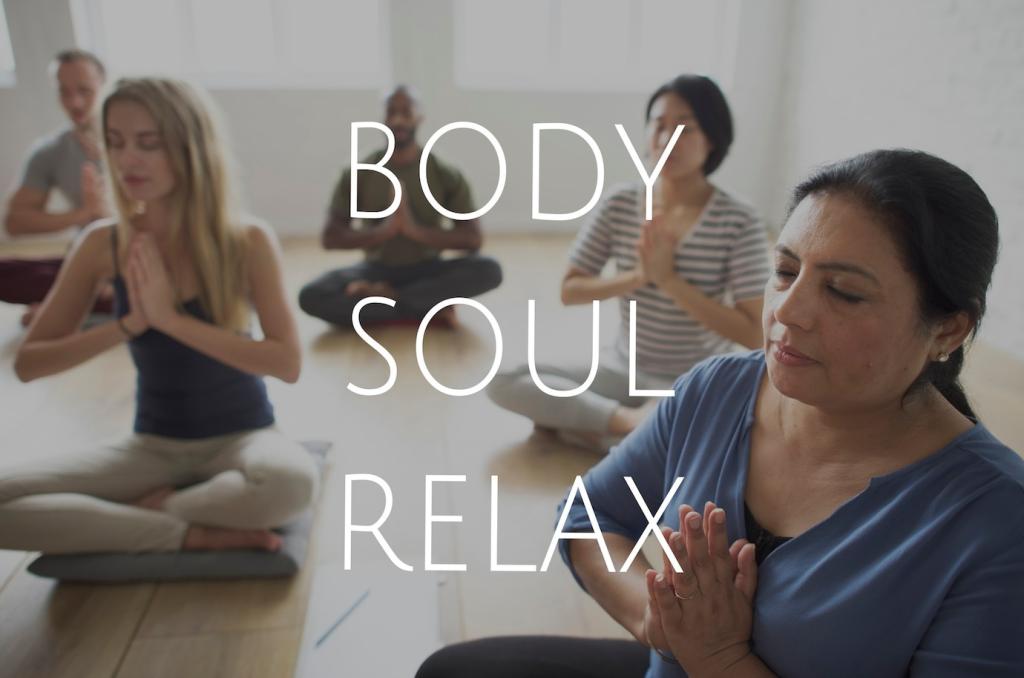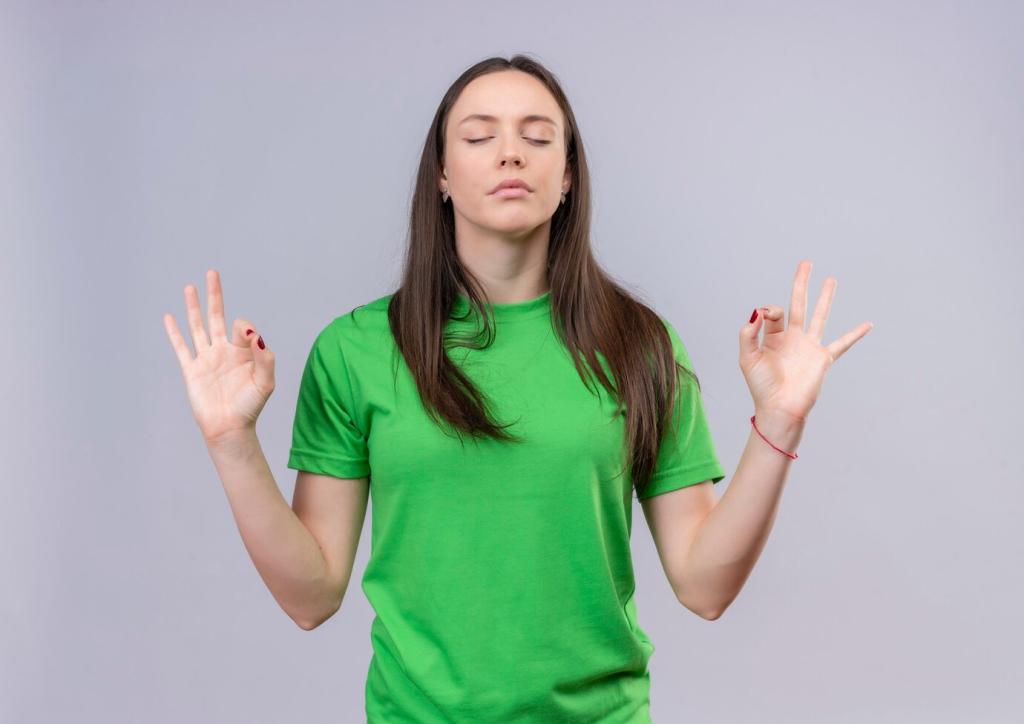Chosen theme: Guided Relaxation Yoga for Stress Relief. Step into a space where your breath becomes a trusted guide, your body softens its armor, and your mind rediscovers spacious ease. Today we explore gentle, guided practices that soothe the nervous system, invite safety into the body, and create lasting, compassionate habits for a calmer life.
The Stress Cycle, Explained Simply
When life feels loud, cortisol and adrenaline keep bodies on alert, shrinking our capacity for nuance and presence. Gentle, guided relaxation helps reset that cycle, teaching your nervous system safety through repetition, soft breath, and supported shapes that speak to the body more clearly than words.
A Small Story: Maya’s First Sigh of Relief
Maya arrived with shoulders near her ears and a racing mind. Ten minutes of guided breathing, a bolster under her knees, and a soft body scan later, she noticed her jaw unclench. “It felt like a sigh I’d been holding for years,” she wrote back, two weeks into practicing nightly.
Evidence Meets Experience
Research suggests paced breathing and gentle movement modulate heart rate variability, a marker of resilience. Paired with lived experience—like your own nightly unwinding—you get science supported by embodiment. Share your observations below so our community can learn from real, honest moments of practice.
Breath as Your Anchor
Diaphragmatic Basics That Actually Land
Place one hand on your low ribs, the other over your heart. Inhale like you are widening a belt one notch; exhale as if fogging a mirror, gently and long. This simple map reduces chest strain, balances effort, and builds a felt sense of steadiness you can return to anytime.


Elongated Exhale for the Win
Try four counts in, six or eight counts out. The longer exhale stimulates the vagus nerve, encouraging softness in the belly and a slower heart rhythm. Go slowly, no heroics. Your comfort is the target, not the timer. Post your preferred ratio so others can experiment safely and kindly.


A Gentle Sequence for Stress Relief
Kneel and drape your torso over a cushion or stacked blankets. Let your forehead rest heavy, elbows relaxed. Breathe into your back ribs, as if the space behind your heart is blossoming. Each exhale invites your hips to release a fraction more, signaling to your body that the ground holds you.
A Gentle Sequence for Stress Relief
Scoot close to a wall, swing your legs up, and pad your low back if needed. Close your eyes. Imagine the day sliding down your legs like rain, pooling harmlessly on the floor. Five to ten minutes here often reduces swelling, eases the lower back, and resets a tired nervous system.
Guided Imagery and Body Scans

Your Personal Safe Place
Picture a scene that feels unshakably kind—a lakeshore at dusk, a warm kitchen, a sunlit library. Notice colors, textures, and scents. Let your breath sync with the scene’s rhythm. The brain loves specificity; detail convinces your body that here, for now, there is absolutely nothing to defend.

Progressive Release, Head to Toe
Start at the forehead. Invite the skin to soften, eyes to nestle back, jaw to float. Travel to shoulders, belly, hips, and toes, whispering permission at each stop. This gentle scan replaces the inner drill sergeant with a patient guide, letting effort dissolve in waves of simple kindness.

Mantras That Melt the Edges
Pair breath with phrases: inhale, “I arrive”; exhale, “I let go.” Or inhale, “Stillness”; exhale, “Stays with me.” Repetition becomes a steady drumbeat the nervous system recognizes. Share your favorite line below so our community can borrow it when their minds start to sprint.
Setting the Scene: Environment That Eases
Use warm bulbs or candles at a safe distance. Dim overheads and invite a soft, lateral glow that reduces eye strain. Darkness is not a requirement; cozy is the goal. A shawl or eye pillow can help signal bedtime to your mind long before the day officially ends.
Micro-Practices for Busy Days
Three-Breath Reset at Your Desk
Plant your feet, lengthen your spine, and drop your shoulders. Inhale to feel width across your collarbones; exhale longer, releasing the jaw and tongue. Repeat twice. It takes less than a minute and often interrupts spirals before they become storms, especially during tense emails or decisions.
Commute Unwind, Even Without Quiet
If you are not driving, rest your gaze softly and coordinate exhale lengths with passing landmarks. If you are driving, keep eyes open and steady, relax your grip, and lengthen exhales gently. Tiny shifts build resilience, turning travel time into a bridge back to yourself.
Digital Sunset Ritual
Set a nightly reminder: dim screens, play one calming track, and take five elongated exhalations. Then a single supported pose for five minutes. This small, consistent container trains your body to associate evening with downshifting, making sleep less of a chase and more of a welcome drift.

Circle three five-minute windows each day: morning breath, midday micro-rest, evening pose. Miss a day? No drama, just return. Track sensations instead of perfection. Over weeks, you will notice the gap between stress and reaction widening, like space you can finally breathe inside.

Invite a friend who also wants softer edges. Share a nightly message—two words about your practice. “Legs-up, calmer.” “Breath helped.” Light, honest check-ins reduce isolation and keep momentum gentle yet steady. Drop a comment if you want to find a buddy in our community.

What surprised you in guided relaxation yoga this week? A pose you resisted that helped? A cue that clicked? Your voice helps refine our future practices. Subscribe, then tell us your story below, because your hard-won calm might become someone else’s first believable step.
